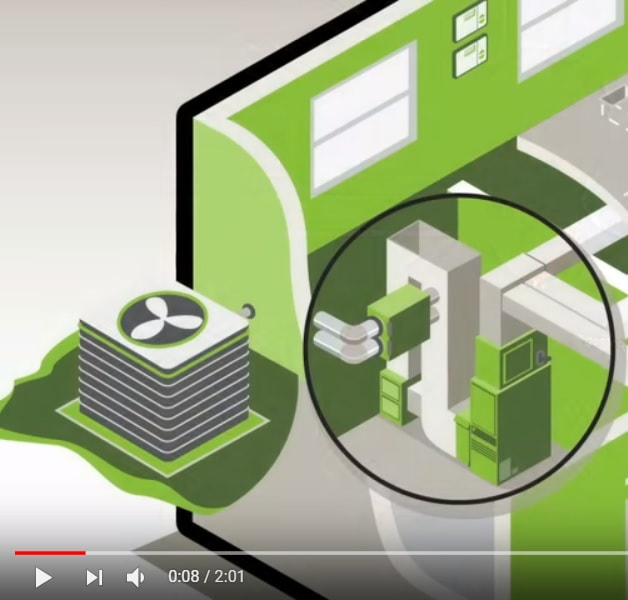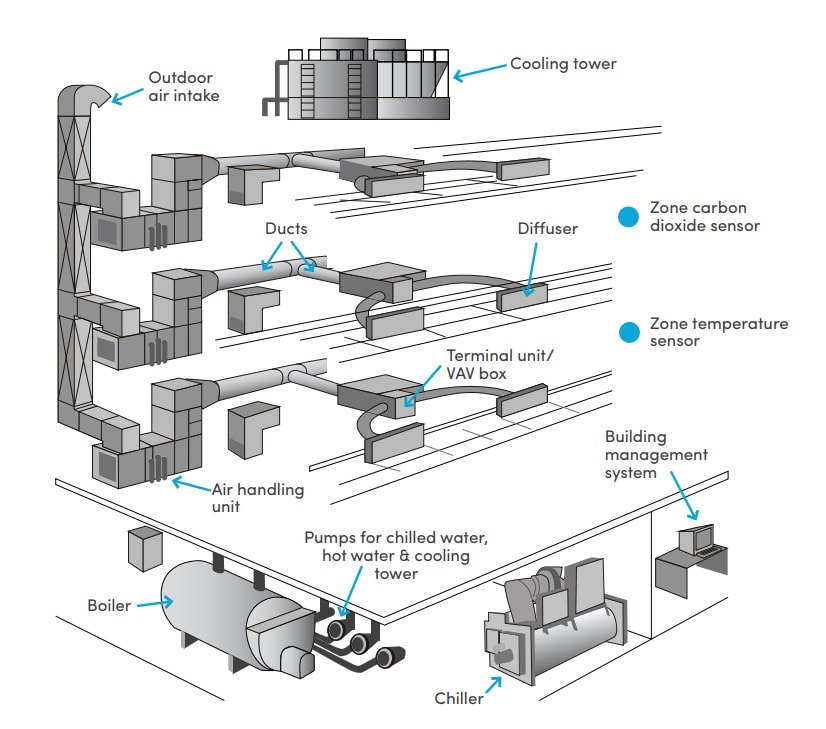|
4th December 2017
Strata Energy NewsAir Conditioning - Cool but ExpensiveWhy Apartment Air-Conditioning is a Mystery to Most Owners
The Air Inside
The Compressor
Why Are They So Expensive to Operate – What Can I Do?
Typical HVAC System (OEH HVAC Optimisation Guide)
The Very Large Multi Residential High Rise HVAC Systems
This is the serious end of energy saving and your servicing technicians must be highly skilled to even understand the engineering concepts of these systems. For a detailed technical reference we recommend downloading the HVAC Optimisation Guide from the NSW Office of Environment and Heritage (OEH). However, following is a basic overview. Common HVAC Systems
Save Energy on large Common Area HVAC Systems. Check with Your Technician or Building Manger;
And Finally ...
Whether you have a small split system or water cooled unit;
Note that your space heating systems are generally part of a HVAC unit and all of the above points apply. For further review, try this explainer video from Genteq Motors. You can also download the HVAC Optimisation Guide (PDF 110 Pages) from the NSW Office of Environment and Heritage (OEH).
Feel free to call us anytime 1300782761 for any advice, its free and we are good with dumb questions. Tony Power Energy Efficient AC Solutions Strata managers can now register buildings in the City of Sydney and in Melbourne for a fully funded electric vehicle recharge assessment. Registrations for Brisbane have closed. However, if you're interested in learning more contact Scott Witheridge on (02) 9977 1801. Read more about the program here. Copyright © 2017 Investment Advantaged Software Pty Ltd, All rights reserved.
|
Services |
Company |
|



